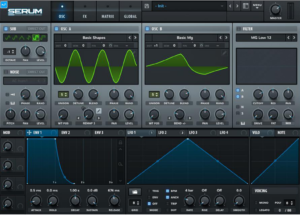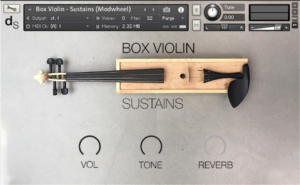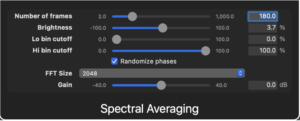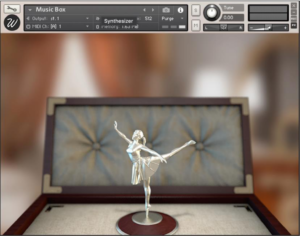Visual Style and Sound Design: Part 1 – Philosophy (s1850658)
At the time of writing, there is still a decision to be made on what the visual style of the project will be. When discussing this in the previous meeting (Thursday 2nd February), it got me thinking. Different visual styles would necessitate very different things in terms of the soundscape and sound effects.
The main two styles that came up in this meeting were LowPoly and something more realistic. Upon hearing this, it made me want to create some prototypes/mock-ups of what the world could sound when presented visually in these two styles. When considering what to specifically try and represent to get my ideas across, I settled on the flower: the soundscape surrounding it and the sound effects that accompany its growth. This setting would require sound design that is quite atmospheric, by virtue of the fact that the player is unable to move.
To represent the Low-Poly style, I felt as though the soundscape shouldn’t be a realistic representation of what these things would sound like in the real world. Instead, the soundscape and sound effects should aim to represent the visuals in a more indirect manner. I felt as though the soundscape should be an underlying drone, like a pleasant chord. The wind could be represented by some high notes, synthesized or otherwise (or perhaps even created using white noise), that fill the highs (that the sound of a realistic breeze would usually occupy). These sounds could whoosh in and out in response to the flower and its surroundings moving with the wind. This opened the possibility to have the stages of plant growth be represented by fluttering notes playing an arpeggio that fits with the chord of the underlying drone that accompanies the scene. I believe that the use of a low-poly visual style requires sound design that aims not to faithfully re-create sounds from the real world, but instead create something that represents the visuals in a more abstract manner.
When working with a more realistic visual style however, I felt as though an almost opposite approach was appropriate. The soundscape of the scene should reflect what a person would hear if they were standing in the scene as if it were a real place. Every sound in the scene would need to approximate its real-world counterpart. I say “approximate” because for example, plants don’t make any sound (audibly at least) when growing. Any sound effects for the plant growing would instead have to be a semi-realistic representation of what we would expect it to sound like if it did exist. When choosing a realistic style instead of low poly, many aspects of what we are trying to get across through the experience change. When working in low poly, I feel as though the aim is not necessarily to fully immerse the player in a realistic world, whereas in a more realistic visual style I feel as though the aim is to try and fully immerse the player in a believable reality close to our own. Low poly allows for more flexibility when it comes to representing what’s on screen. A realistic visual style however, demands much greater attention to detail in order to create a convincing world. Realistic requires emulation of the real world; low poly allows for the creation of a new one.
A question this discussion raises is “once a visual style is chosen, what happens to the audio work for the other”. I would argue that there could perhaps be a mix of these two sound design philosophies in the finished product. This could be because the visual style ends up being some blend of the two (such as a cel-shaded style), or perhaps more abstract sounds could be used to represent things that don’t have a real-world equivalent, even if the visual style is aiming to be more realistic.
Audio Player
lowpoly

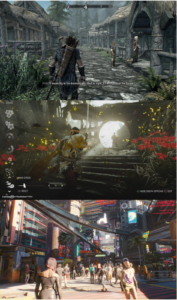
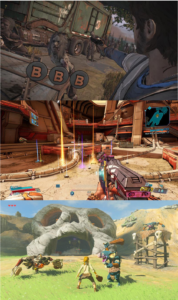
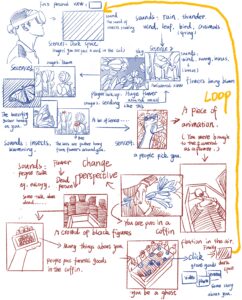
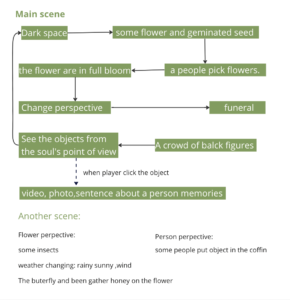
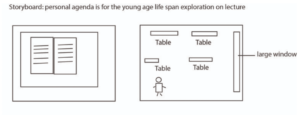
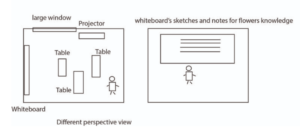

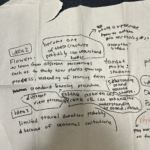
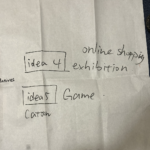

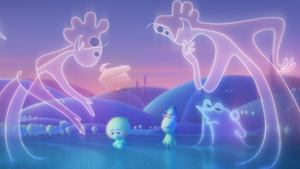 <soul>
<soul>
